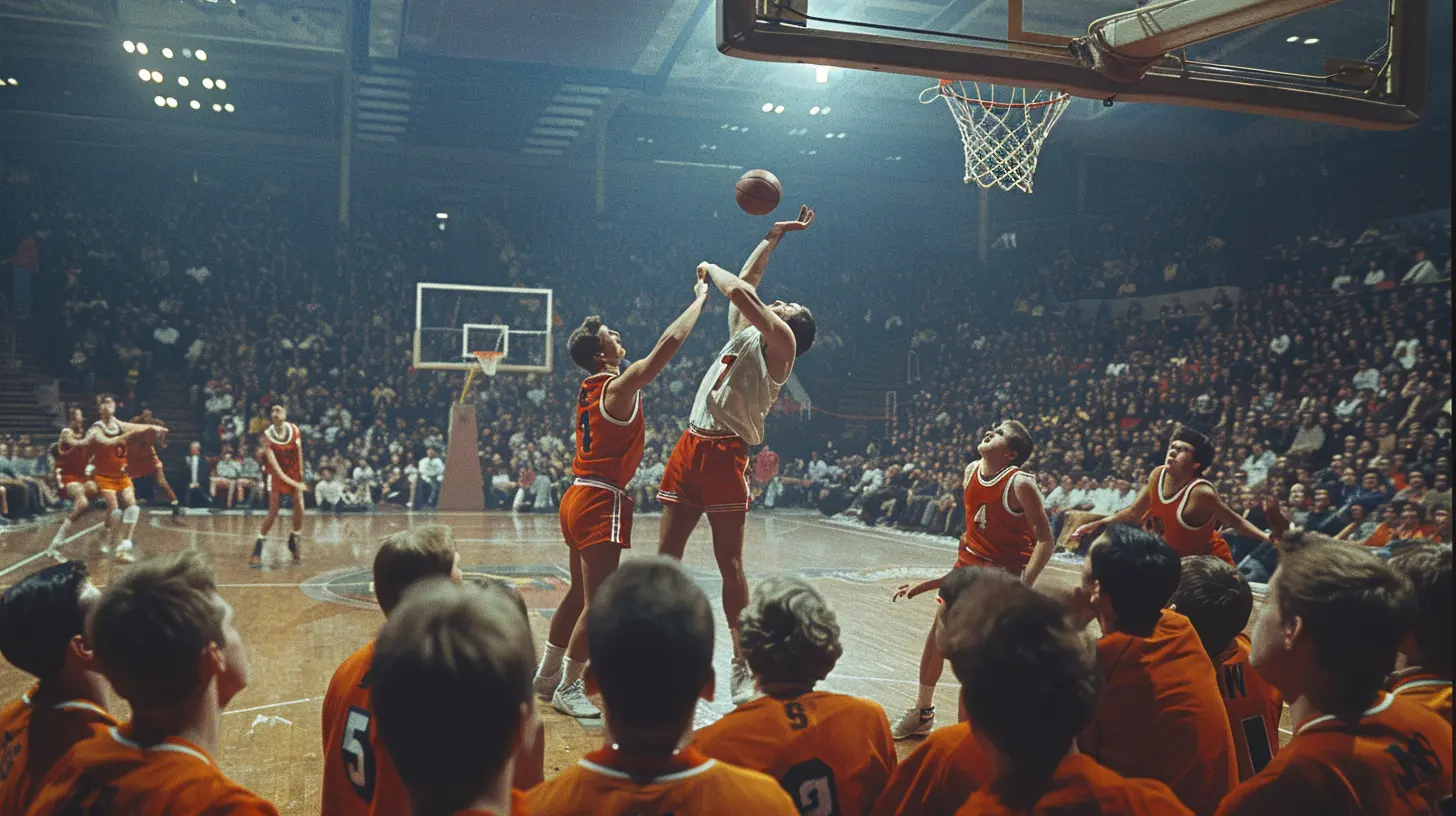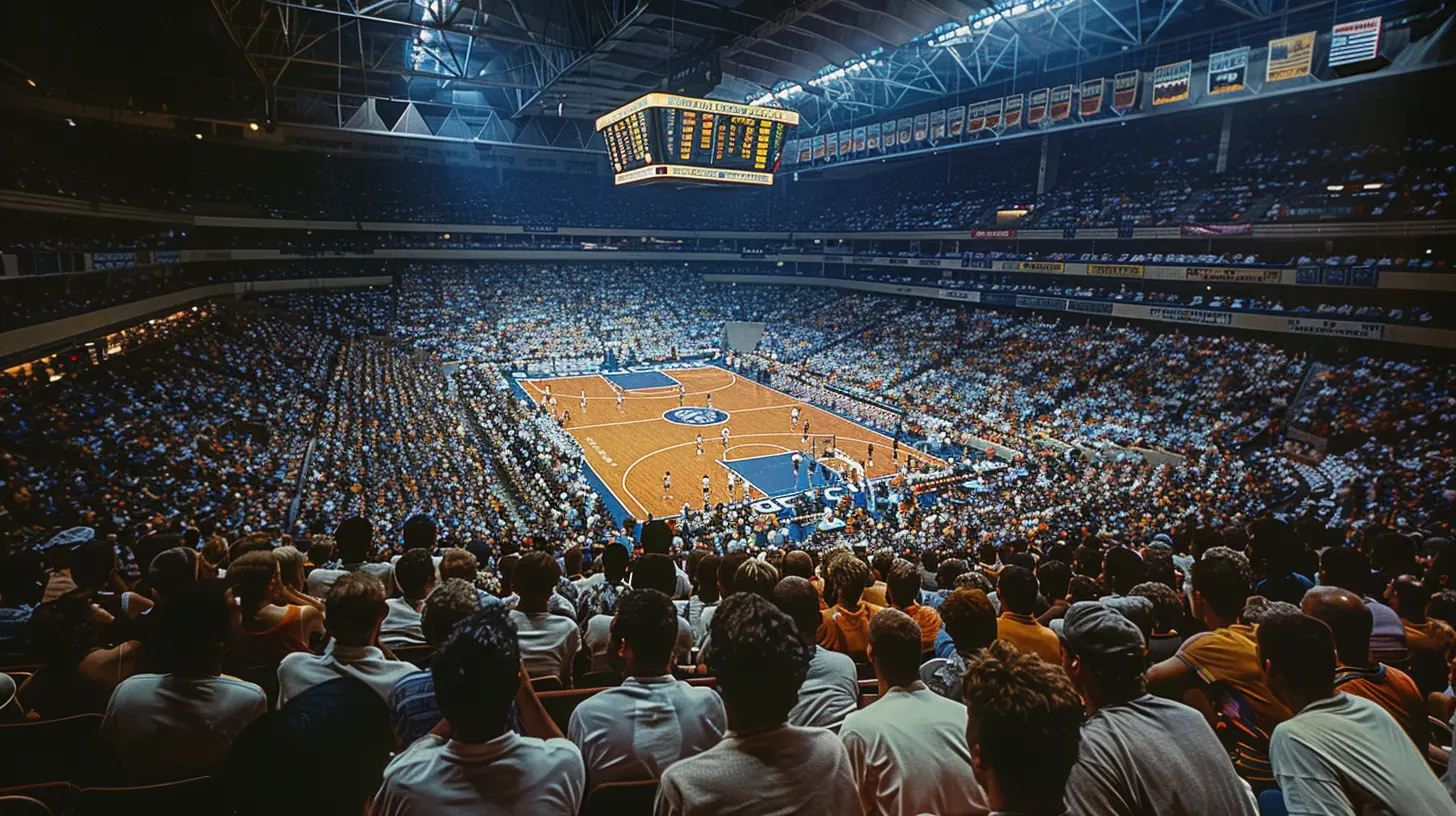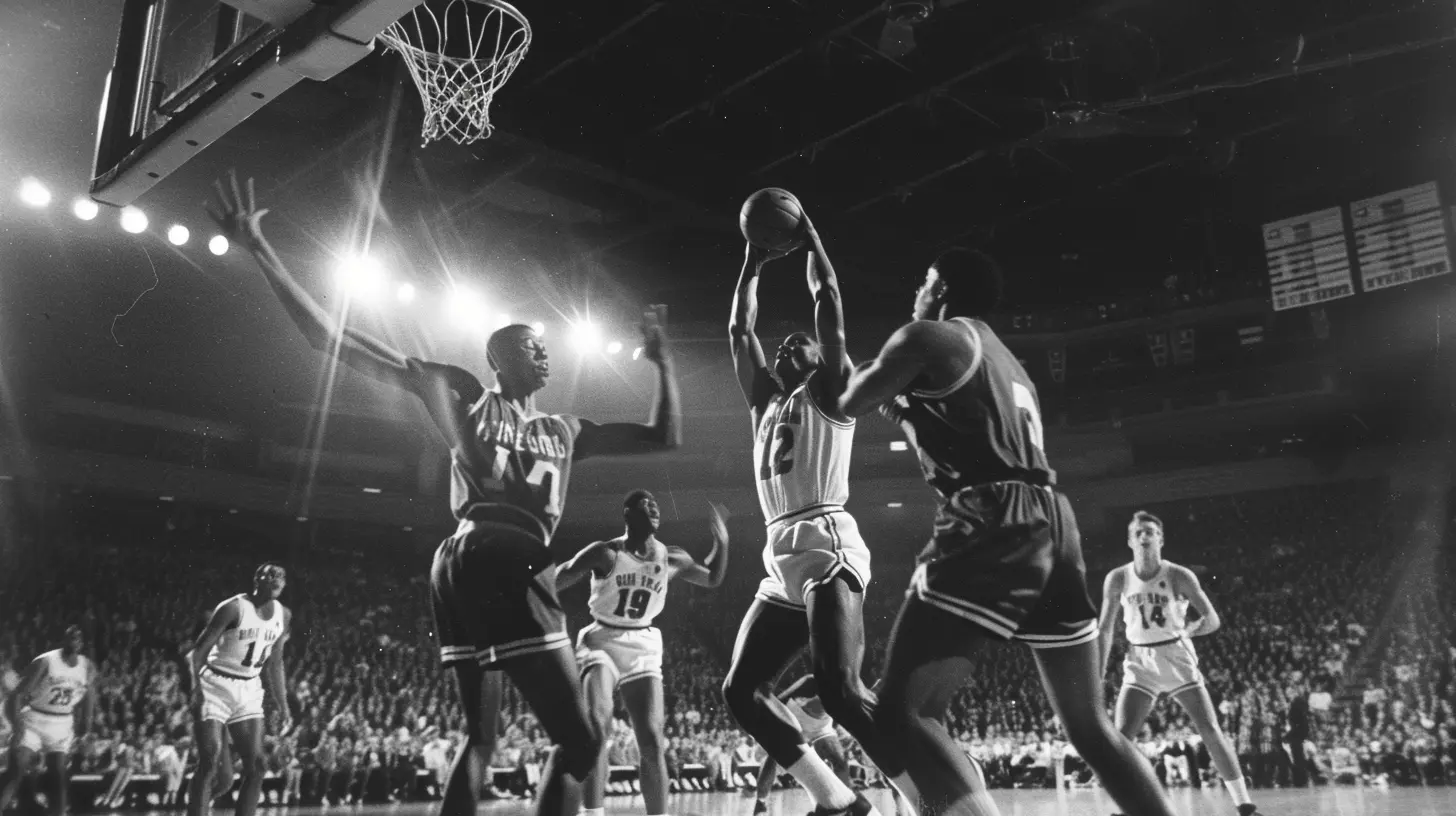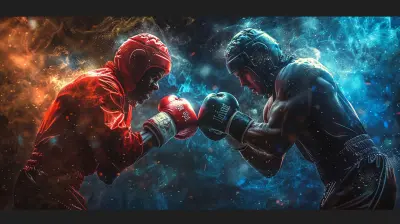The History of March Madness and Its Cultural Impact
9 August 2025
March Madness. Even if you're not a die-hard basketball fan, there's a good chance you've heard the term thrown around like a buzzer-beater at the end of overtime. But what actually is March Madness? Where did it come from? And why does it seem to grip an entire nation every spring?
In this post, we’re diving deep into the roots of this college basketball phenomenon. We'll peel back the layers of history, unpack the madness behind the name, and explore how it transformed into a cultural juggernaut in the U.S. So, grab your brackets and let’s get into it.
What Exactly is March Madness?
Before we hit rewind and go back in time, let's get something clear—March Madness refers to the NCAA Men’s and Women’s Basketball Tournament, which brings together 68 collegiate teams to duke it out for the national championship. It's single-elimination, win-or-go-home, blood, sweat, and (sometimes literal) tears.The whole thing takes place over three action-packed weeks in—yep, you guessed it—March (though technically, the finals sometimes spill over into April). This isn't just any sports tournament. It's a glory-fueled rollercoaster that leaves fans thrilled, crushed, and everything in between.
How Did March Madness Get Its Start?
Alright, time to rewind. The term “March Madness” actually predates the NCAA tournament itself—surprised? It was first used by Henry V. Porter, a high school official in Illinois, way back in 1939 to describe the frenzied excitement of their state basketball tournaments.Coincidentally, 1939 was also the year the very first NCAA tournament tipped off. That one? Just eight teams. Compared to the crazy, bracket-busting 68-team field we see today? Tiny.
It wasn't until the 1980s that "March Madness" became linked with the NCAA tournament. Broadcaster Brent Musburger helped popularize the term during TV coverage, and it just stuck like glue after that.
The Evolution of the Tournament Format
At first, the NCAA tournament was a humble affair—only a few games, limited airtime, and not much of a national following. But just like a Cinderella team making a deep tournament run, it grew steadily.From 8 to 68 Teams
The jump in the number of participating teams reflects just how big the tournament has become:- 1939: 8 teams
- 1951: 16 teams
- 1975: 32 teams
- 1985: 64 teams
- 2011: 68 teams (with the addition of the "First Four" play-in games)
Now? It’s a full-blown spectacle. Every seed matters. Every game holds the potential for chaos—or triumph.
The Bracket Craze
Let’s not forget one key element that makes March Madness feel so personal: the brackets.Filling out a bracket has become a nationwide tradition. Office pools, family competitions, online contests—everybody wants to be the genius who nails the Final Four. It's like fantasy football crammed into three weeks of pure adrenaline.
And the odds of a perfect bracket? An impossible-sounding 1 in 9.2 quintillion. But that hasn't stopped anyone from giving it a shot.
Iconic Moments That Shaped March Madness
What takes March Madness from “just another” sports tournament to a hallowed event in American culture? The moments. The upsets. The buzzer-beaters. The Cinderella stories.The Cinderella Stories
Let’s talk underdogs. In March, anything is possible. Every year, it seems like a tiny school knocks off a powerhouse and captures hearts across the country. Think George Mason in 2006, Loyola-Chicago in 2018, or Saint Peter’s in 2022. These aren't schools with NBA-caliber talent—just grit and heart.Don’t we all love rooting for the little guy?
The Buzzer-Beaters
There’s nothing more thrilling than a last-second shot. It’s like something out of a movie. Think Christian Laettner’s turnaround jump shot for Duke in 1992. That moment is etched into sports history, replayed every March without fail.Breakout Stars
Some of the NBA’s biggest names made their mark in March before turning pro. Michael Jordan at UNC. Steph Curry lighting it up for Davidson. Kemba Walker going on a tear in 2011. March Madness isn’t just a stage—it’s a launchpad.The Cultural Impact of March Madness
Beyond the box scores and brackets, March Madness has deeply embedded itself into American life. It's more than basketball—it’s a cultural phenomenon.Nationwide Participation
Every March, productivity across the country takes a noticeable dip. Why? Because people are glued to their screens, following scores, checking brackets, and sneaking peeks at games during work. (Don’t worry, your boss probably is too.)Bracketology and Betting
“Bracketology” has become a legit term. There are entire shows, podcasts, even university classes dedicated to analyzing and predicting matchups. And don’t ignore the betting side—millions of dollars are wagered on the tournament each year, both legally and in friendly pools.Merch, Music, and Madness
March Madness has its own theme song (you can probably hum it right now). It fuels a multi-million-dollar merchandise business. And let’s not forget the slogans like “One Shining Moment,” which has become an anthem for the end-of-tourney highlight reel.The Rise of the Women’s Tournament
For far too long, the women’s tournament didn’t get the same spotlight. But that’s starting to change.Players like Caitlin Clark, Breanna Stewart, and Dawn Staley have become household names. The 2023 women’s championship drew record-breaking viewership, proving the market—and appetite—for women's college hoops is massive.
And let’s be real: the drama, the passion, the athleticism? It’s just as intense as the men’s side. If you’re not watching the women’s tournament, you’re honestly missing out.
How March Madness Reflects American Values
Let’s get a little deep for a sec.March Madness isn’t just about sports. It mirrors something bigger—American ideals. Think about it:
- Hard Work: Players train all year for their shot.
- Underdog Stories: Smaller schools knocking off giants? That’s American Dream-level stuff.
- Community: Whether it’s a college town rallying behind their team or coworkers huddled around a TV, March Madness brings people together.
- Hope and Heartbreak: Just like life, right? Sometimes you win big. Sometimes you fall short. But you keep playing.
The Madness Beyond the Court
Did you know schools often see a spike in applications after a deep tournament run? It's called the "Flutie Effect" (named after football player Doug Flutie, but it applies here too). Success on the court often translates into more visibility and more money for schools.Then there's the impact on players. For many, the tournament is a once-in-a-lifetime chance to shine. For others, it's a stepping stone to the NBA or WNBA. Either way, it changes lives.
March Madness in the Digital Age
Streaming. Social media. Memes. TikToks of crazy fan reactions. March Madness has fully embraced the digital age.The NCAA, broadcasters, and fans make the tournament an immersive experience. You can stream every game live on your phone, follow real-time bracket updates, even see AI-generated predictions. It’s modern fandom at its finest.
The Madness Isn’t Slowing Down
Even after decades of insane moments, jaw-dropping upsets, and heart-stopping drama, March Madness shows zero signs of slowing down.If anything, it’s only getting bigger. NIL (Name, Image, and Likeness) deals give student-athletes new opportunities. Women’s basketball is finally getting the attention it deserves. And fans? Well, we’re still obsessed.
Year after year, we come back for more. Because March Madness taps into something primal—it’s about dreams, challenges, and proving yourself under pressure. And hey, it's a whole lot of fun to watch too.
Final Thoughts: Why We’ll Always Love March Madness
So, why does March Madness hold such a powerful grip on our culture? Maybe it’s the unpredictability. Maybe it’s the shared sense of hope. Maybe it’s just a darn good excuse to skip work and watch basketball.Whatever your reason, there’s no denying its impact. March Madness is more than a tournament—it’s a tradition. A national obsession. A celebration of spirit, resilience, and the love of the game.
So when the calendar hits March again, get ready. The Madness is coming—and we’ll be there, brackets in hand, hearts on our sleeves, chasing that one shining moment.
all images in this post were generated using AI tools
Category:
College SportsAuthor:

Everett Davis
Discussion
rate this article
1 comments
Oliver Gates
March Madness exemplifies the intersection of sports and culture, uniting diverse fans annually. Its unpredictable nature fosters excitement, community engagement, and enduring traditions in American society.
August 26, 2025 at 4:55 AM

Everett Davis
Thank you for your insightful comment! Absolutely, March Madness not only showcases incredible athleticism but also strengthens community bonds and celebrates cultural diversity each year.


